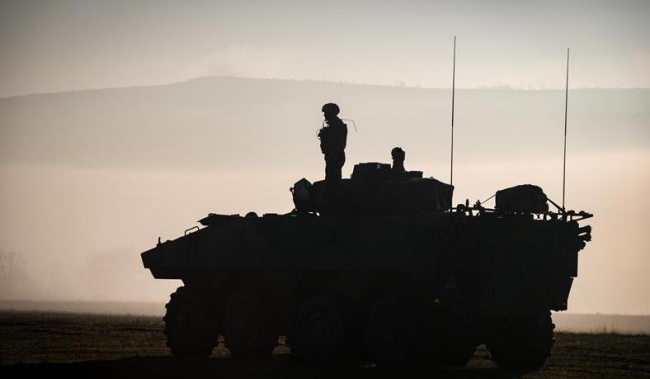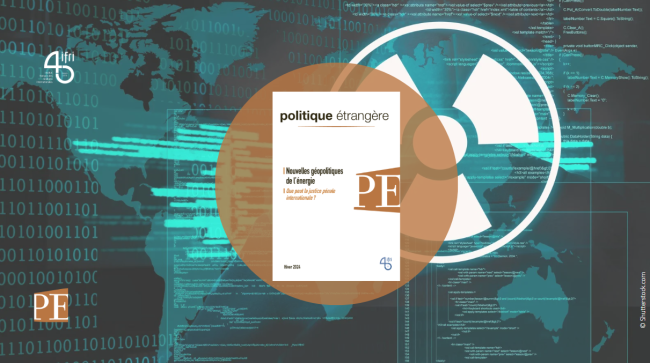Francs-tireurs et Centurions : Les ambiguïtés de l'héritage contre-insurrectionnel français

The war in Afghanistan and David Galula’s reputation in the United States have revived France’s counterinsurgency legacy. This legacy must be divided into two separate periods: the colonial era and later on the wars of decolonization fought by France in Indochina and Algeria.
Although figures such as Bugeaud, Lyautey and Gallieni retained at the time the status of mavericks in the traditional military establishment, they greatly contributed to the development of a French ‘national style" in irregular warfare, both original and successful. On the contrary, theorists from the 1950s and 1960s (Lacheroy, Hogard, Trinquier) were to a large extent inspired by revolutionary warfare. Accordingly, they viewed counterinsurgency as a form of total war based on ‘psychological operations" and very coercive methods. Political drift in Algeria abruptly silenced these debates and turned counterinsurgency into a taboo for forty years. Judgment must be exercised before reactivating the debates and know-how of the past. Part of this legacy may constitute a legitimate and fruitful source of inspiration for current interventions. However, it is essential to take into account the political and strategic dimension of this type of warfare and not to lose sight of the limits of historical comparisons.
This paper is published in French only - Francs-tireurs et Centurions : Les ambiguïtés de l'héritage contre-insurrectionnel français
Related centers and programs
Discover our other research centers and programsFind out more
Discover all our analysesDeep Precision Strikes: A New Tool for Strategic Competition?
Reaching deep into the enemy’s system to weaken it and facilitate the achievement of operational or strategic objectives is a key goal for armed forces. What capabilities are required to conduct deep strikes in the dual context of high-intensity conflict and strengthened enemy defenses?
From Cuba to Ukraine: Strategic Signaling and Nuclear Deterrence
Strategic signaling—the range of signs and maneuvers intended, in peace time, to lend credibility to any threat to use nuclear weapons—is back.
Return to the East: the Russian Threat and the French Pivot to Europe's Eastern Flank
Russia’s full-scale invasion of Ukraine on February 24, 2022, has flung Europe’s Eastern flank into a new phase of strategic confrontation. It has had a major effect on France’s position, which was previously somewhat timid, leading it to significantly reinforce its deterrence and defense posture in support of the collective defense of Europe, in the name of strategic solidarity and the protection of its security interests.
Military Stockpiles: A Life-Insurance Policy in a High-Intensity Conflict?
The war in Ukraine is a reminder of the place of attrition from high-intensity conflict in European armies that have been cut to the bone after three decades of budget cuts. All European forces have had to reduce their stocks to the bare minimum. As a result, support to Ukraine has meant a significant drain on their operational capabilities. A significant amount of decommissioned systems were also donated, due to the lack of depth in operational fleets.











